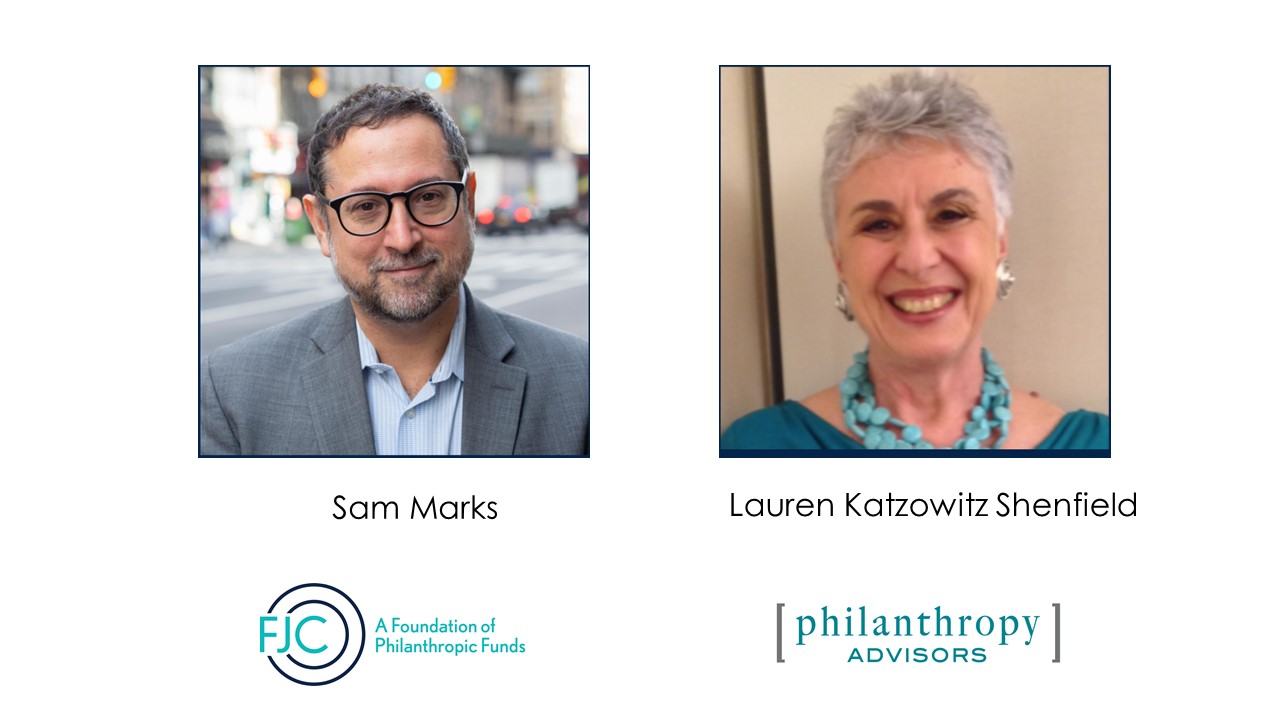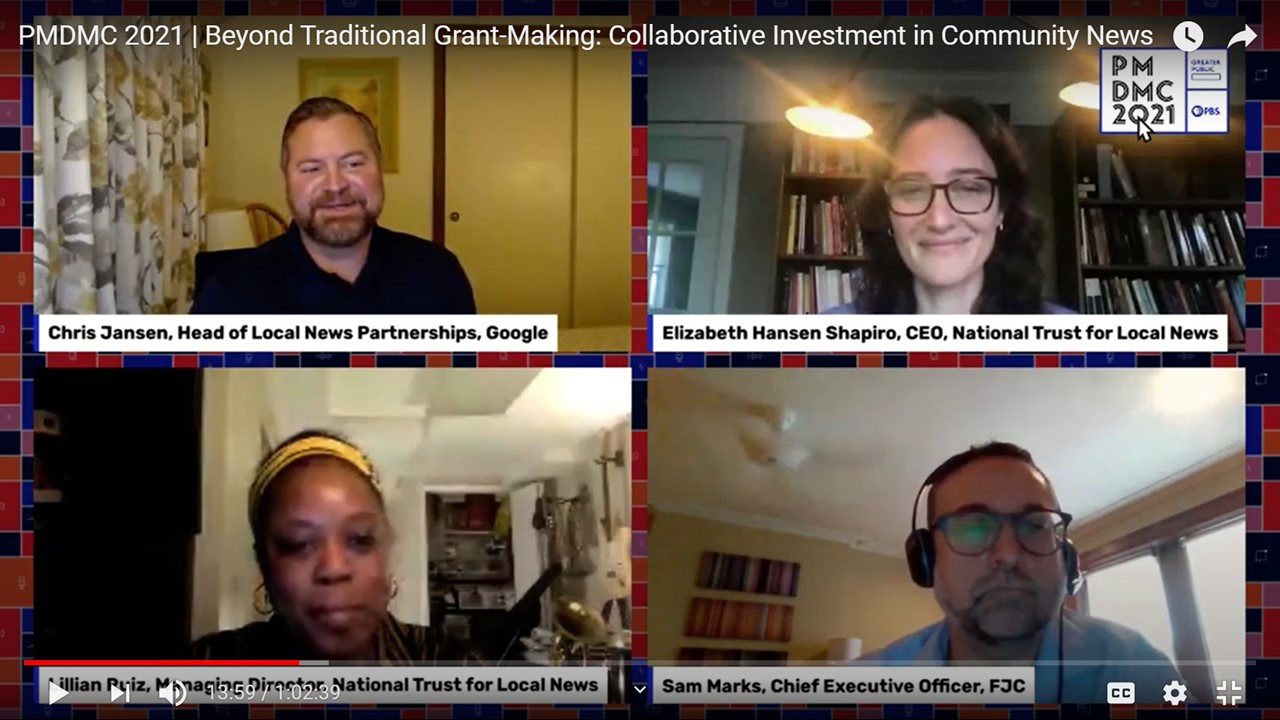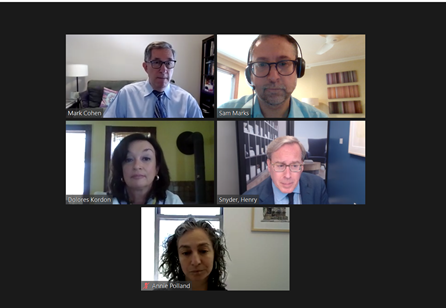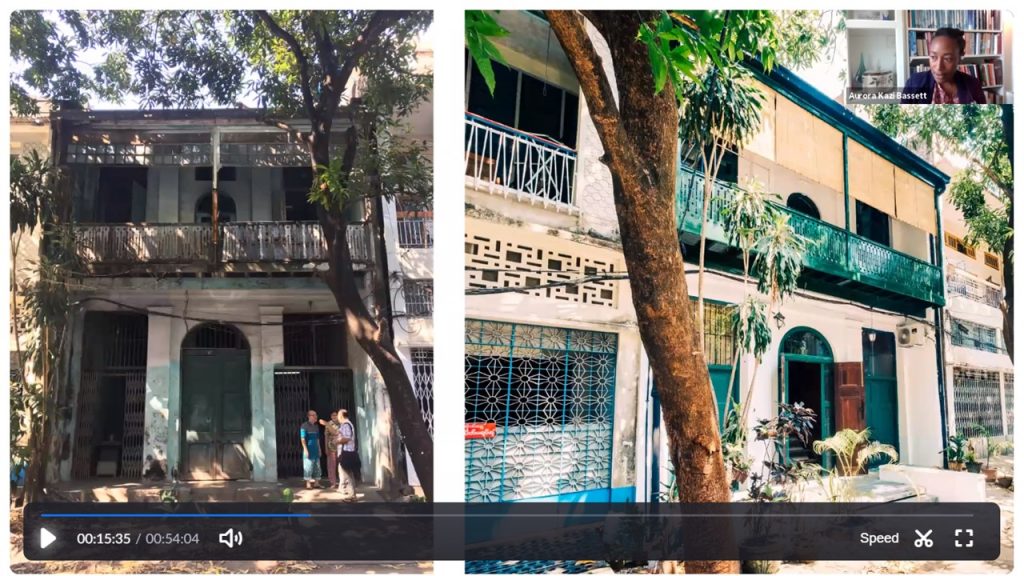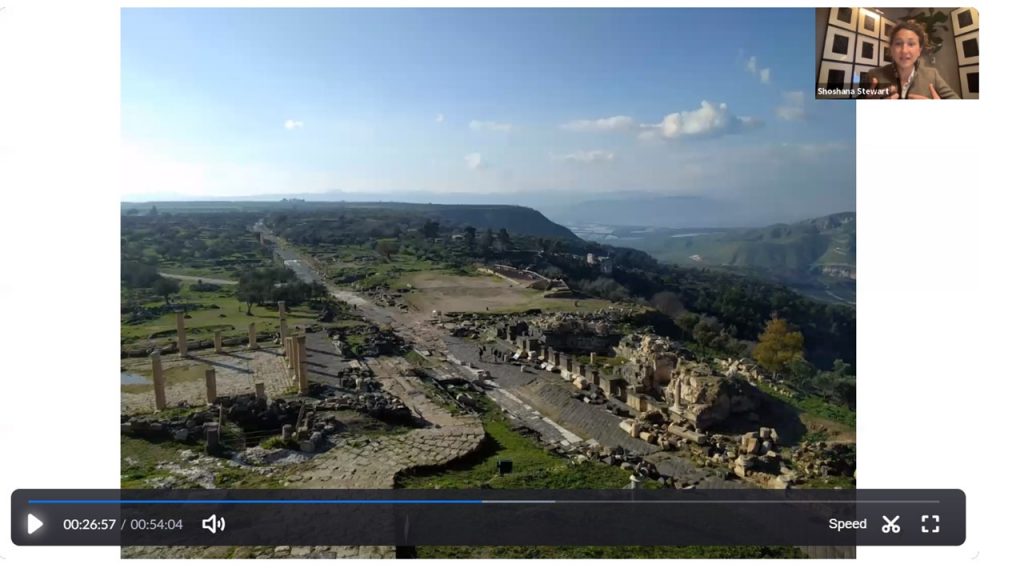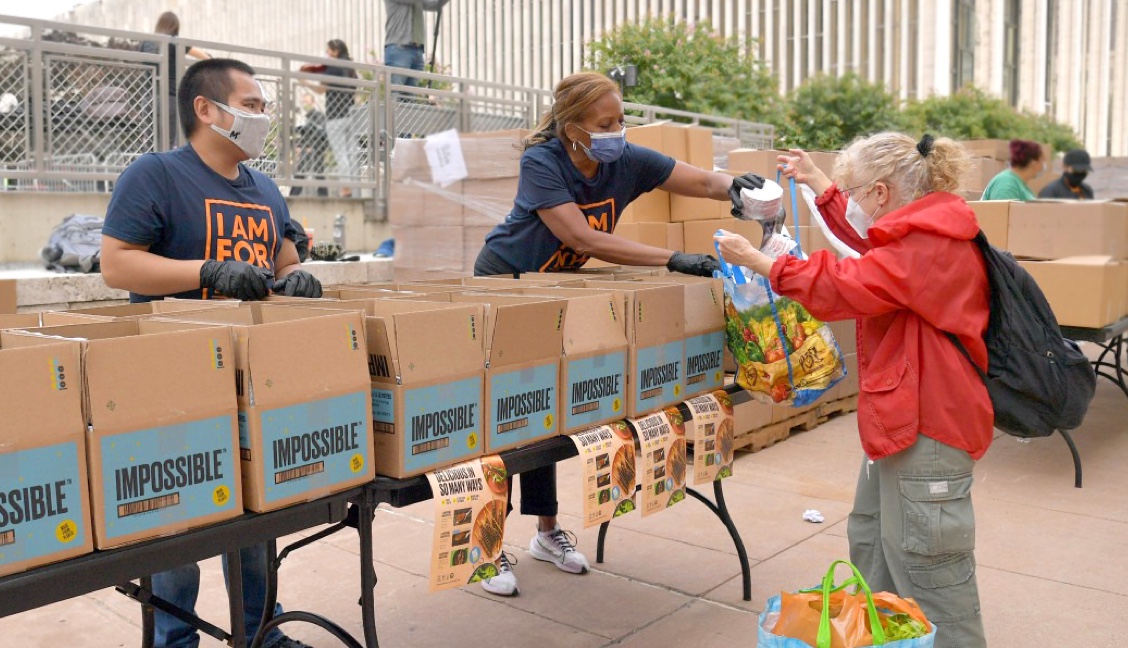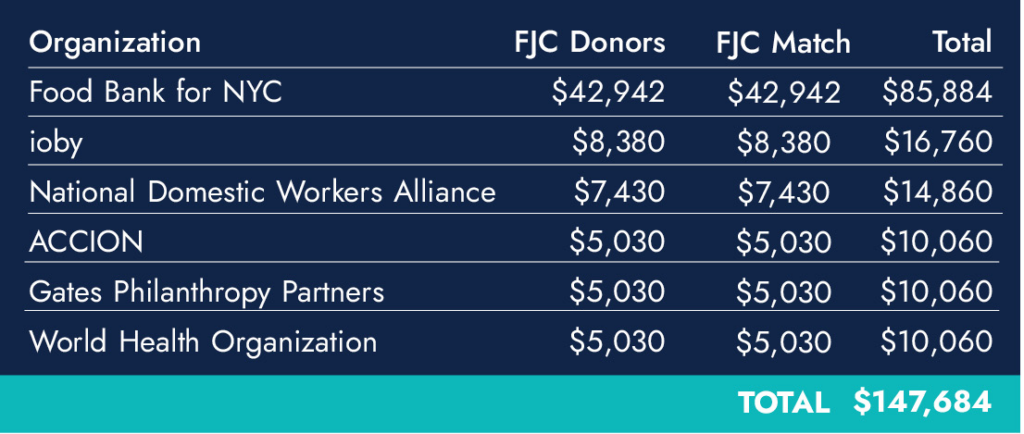Donors large and small can amplify their impact with more intentional, strategic approaches to their philanthropy. This was the major takeaway from a recent webinar with Lauren Katzowitz Shenfield, founder and principal of Philanthropy Advisors, LLC. The webinar was moderated and hosted by Sam Marks, Chief Executive Officer of FJC – A Foundation of Philanthropic Funds.
The webinar is first in a series in which FJC, a boutique foundation of Donor Advised Funds (DAFs) and other philanthropic accounts, provides access to expertise from seasoned philanthropic consultants. As a commitment to making philanthropic dollars more effective and meaningful, FJC allows its donors to pay for limited engagements with philanthropic consultants using funds in their Donor Advised Fund (DAF) accounts.
“The conversation always starts with values, because that underlies the entire practice of philanthropy.”
Lauren Katzowitz Shenfield, Founder & Principal, Philanthropy Advisors, LLC
Ms. Shenfield’s consultancy works with individuals, families, and private foundations at the intersection of personal, family, and philanthropic goals. “The conversation always starts with values,” she explains, “because that underlies the entire practice of philanthropy.” This is true whether she is working with donors who want to begin their philanthropic journey or with long-time donors who have amassed significant assets, the conversations always start with values.
The webinar presented some case studies of client relationships that resulted in more meaningful and effective philanthropy. These included a family with multiple siblings who needed support aligning their priorities in the wake of a patriarch’s passing, and an individual who benefited from both focus and skill-building in developing a strategy.
Mr. Marks spoke of the way Ms. Shenfield’s practice complements the resources and expertise at FJC. “Our staff and our board members are always happy to brainstorm and bring our expertise and relationships to our donors,” observed Mr. Marks, “but sometimes donors need a more sustained, strategic engagement, and that’s where you really can add some value.”
“[We] are always happy to brainstorm and bring our expertise and relationships to our donors, but sometimes donors need a more sustained, strategic engagement.”
Sam Marks, CEO, FJC – A Foundation of Philanthropic Funds
In terms of advice that donors can use to start their journey immediately, Ms. Shenfield suggested that donors:
- Seek truth – about yourself, your family and others who might be involved.
- Prioritize – make your plan important in your life, and don’t let it sink to the bottom of your to-do list.
- Avoid Distraction – engage in a giving practice that draws on your skills and expertise.
Finally, building on her early career as a journalist, Ms. Shenfield recommends that donors start with the “5 W’s”: Who should be involved your giving? What do you care about? When do you want to make grants, in your lifetime or do you want them to last in perpetuity? Where do you want to have an impact? And why?
Ms. Shenfield’s long history working with FJC includes customized philanthropic solutions for clients. In consultation with Ms. Shenfield, FJC hosted for several years an awards program on behalf of Anonymous Was a Woman, which provides grants that enable women artists, over 40 years of age and at a significant juncture in their lives or careers, to continue to grow and pursue their work. FJC also acted as the fiscal sponsor for Toby Perl Freilich,producer of “Inventing Our Life,” a documentary film about the kibbutz movement.
For more, view the full webinar here. The recording includes the full Q&A session that covered topics such as: the use of DAFs compared with private foundations, impact investing, the mechanics of succession for DAFs, and more.
